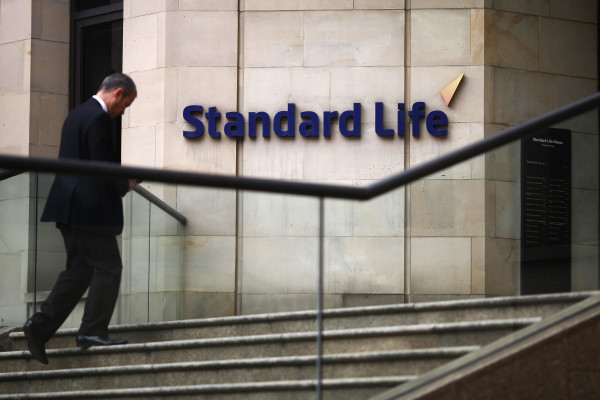

Standard Life paid what it considered to be below market value for the Elevate platform last year, calling the transaction a “bargain purchase” in its annual accounts.
In its 2016 annual results Standard Life reported that it paid a £31m cash consideration to Axa to acquire its Elevate platform in May last year, and the transaction was listed as a £5m “bargain purchase” gain in its accounts.
This would suggest that Standard Life paid less than the market value for the platform, which Axa would likely only agree to if the sale was time sensitive.
Prior to the sale of Elevate, Axa Portfolio Service had reported a £17.1m loss in 2014 and shed £19.8m in 2013.
The total cost of the acquisition is expected to come to around £100m once consideration and integration costs are taken into account.
Following the purchase of Elevate, Standard Life stated that its retail business now supports over 3,000 adviser businesses with total platform assets under administration (AUA) of £44.2bn, with net inflows of £4.8bn over the course of 2016.
Elevate added £11.1bn in assets under administration (AUM), which combined with Standard Life’s original Wrap platform bring the total AUM on platforms to £40bn.
The addition of Elevate to Standard Life’s platform offering is expected to make the business more efficient, as well as more competitive in the adviser market.
The results stated: “The integration of Elevate into our platform business is also expected to result in efficiencies through leveraging the common services provided to both Wrap and Elevate by FNZ, as well as increasing the Standard Life Investments content available to advisers and their clients on Elevate.”
Net inflows into the Wrap adviser platform were down slightly from £4.4bn in 2015 to £4.1bn in 2016, though AUA was up by a quarter last year to £31.9bn.
The fading inflows were a result of growing demand for pensions offset by lower demand for Isas and other investments due to weaker investor sentiment.
The pension freedoms provided a boost to the company’s drawdown proposition as assets invested increased by 21 per cent to £16.4bn.



